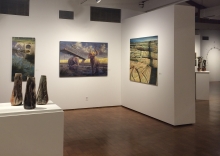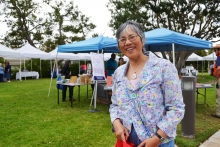The Irvine Police Department is pleased to welcome students back to school this month. As we all know, the first couple weeks of school can be a hectic time with adjusting to new schedules or drop-off routines. IPD is here to help you and your children get to and from school safely each day. Here are some tips to keep in mind:
The Irvine Animal Care Center is participating in Clear the Shelters, a nationwide adoption event hosted locally by NBC4 and Telemundo52. On Saturday, Aug. 19 from 10 a.m. to 6 p.m., all adoptions will be just $20. Click here for more information.
At the March 28, 2023, Irvine City Council meeting, it was determined that the Green Ribbon Environmental Committee would transition to a Sustainability Commission. City Council voted unanimously to "direct staff to draft a plan for a Sustainability Commission including bylawas, structure, scope of work, and consistency with other City Commissions".
Comedy Unleashed: 2nd Annual Fundraiser
for the Irvine Animal Care Center
Tuesday, Sept. 19; Doors open at 5:30 p.m., show begins at 7 p.m.
Irvine Improv, 527 Spectrum Center Drive
Enjoy a night of dinner and laughs at Irvine Improv with comedian Debi Gutierrez. Tickets are $35 and include dinner (venue service fees may apply to ticket purchase). Proceeds benefit the Irvine Animal Care Center. Ages 18 and older.





